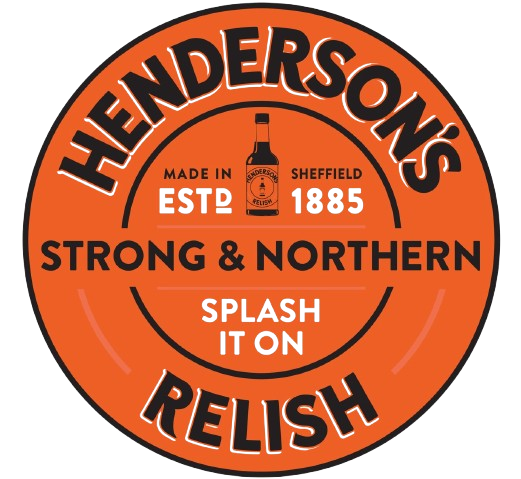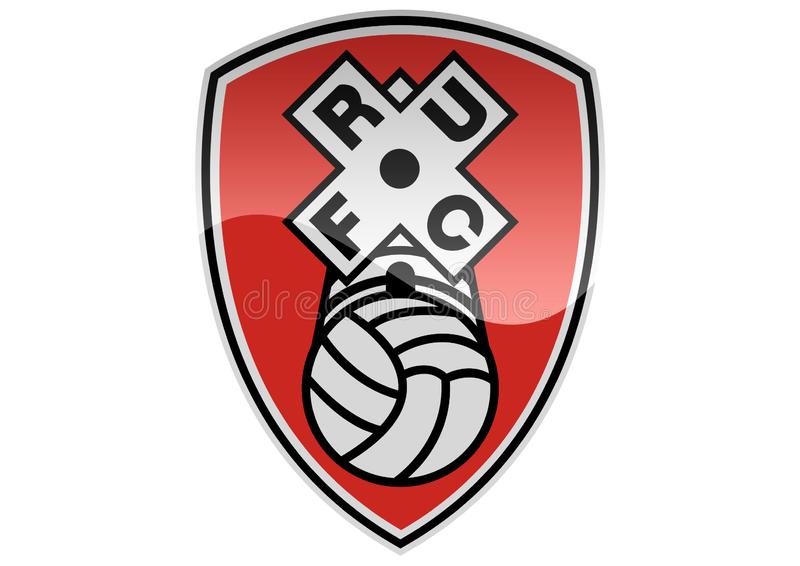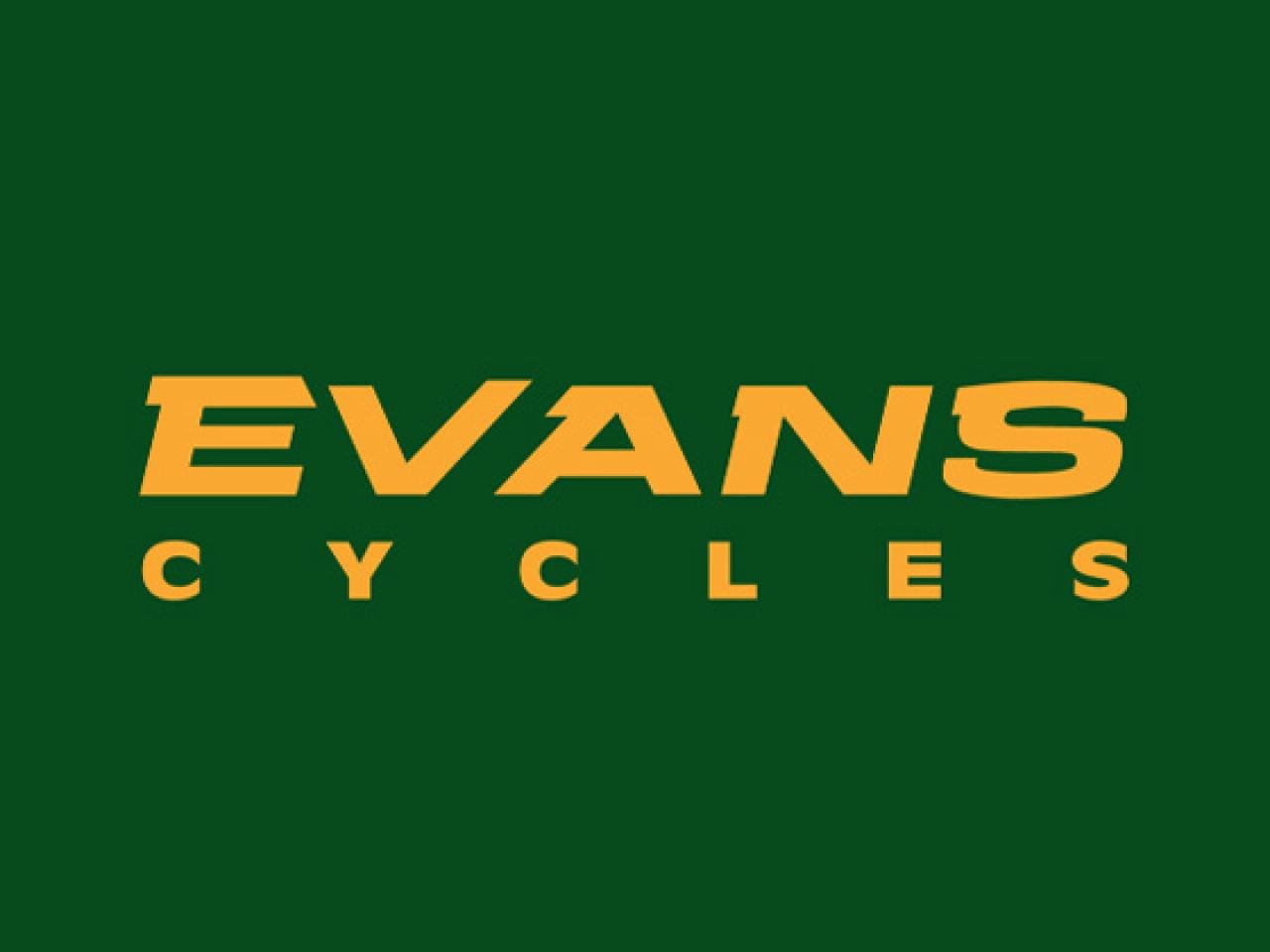- Medical Waste
- Regulatory Compliance
- Hazardous Waste Regulations 2005
Removing Tattoo Waste
Tattoo waste is biohazardous and should be appropriately disposed of.
It can be contaminated with blood and other body fluids so may be infectious.
Tattoo artists should use the proper methods of tattoo waste disposal and consider asking for advice and a free quote from Anway, a professional tattoo waste management company.
It is a legal requirement
The Environmental Protection Act 1990 imposes a duty of care on tattoo artists in the handling controlled waste, including clinical waste.
In 2013 the Government published a new ‘Tattooing and body piercing guidance toolkit’. Local authorities have been asked to use this toolkit to monitor how these businesses should best manage the risk of transmission of blood-borne viruses like hepatitis B, C and HIV.

Which bin do I need for tattoo waste?
As Tattoo waste is classed as medical waste it is important for local tattoo artists and studios to have the correct procedures and disposal equipment.
There are currently 7 colour coded bins for medical waste, and we can help you understand what you need to stay compliant and safe.
Examples of Tattoo Waste
The hazardous waste generated by tattoo studios is more that just tattooing needles, as it can also include items like:
- Plastic protective coverings
- Protective gloves
- Used cotton swabs and wipes
- Ink caps and leftover ink
- Leftover ointment
- Paper towels
Contact Us
Local Tattoo Waste
Improper tattoo waste disposal can lead to fines of up to £5,000 and worse.
There are two main types of waste disposal you need to consider.
Offensive tattoo waste.
This includes bandages and dressings, and all should be disposed of at a specialist recycling centre where they are sterilized, heated, shredded, and sorted for recycling.
Sharps waste.
This is things such as tapers and piercing needles, can be autoclaved (using high-pressure steam). However, many tattoo needles and other needles must be disposed of through incineration for safety reasons due to their potentially infectious nature.















